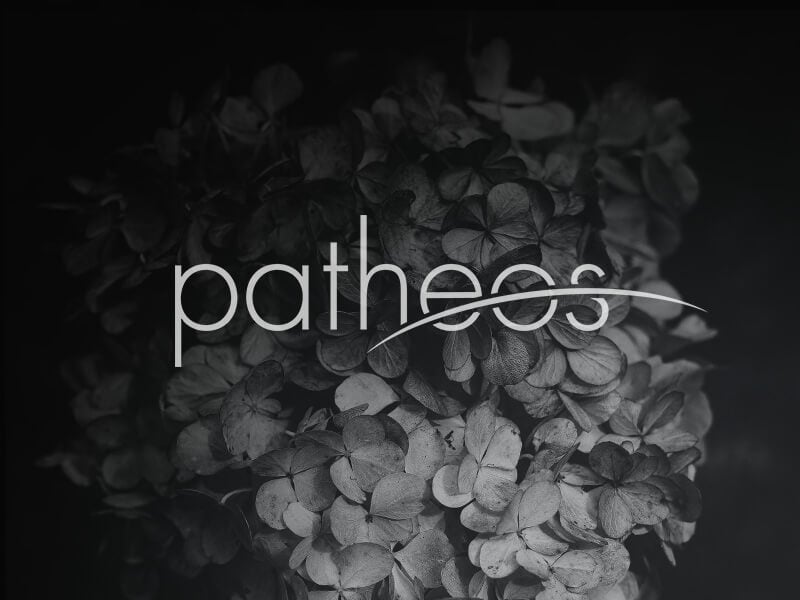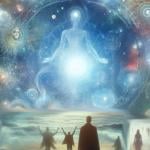A few weeks ago, I took a detour from my naturopathy focus to go see my orthopedist. My right knee (which I still thought of as my “good” knee, because unlike the other knee, it has never needed surgery) had become very painful, and I wanted to see if there was an acute injury that was causing the pain.
There is no acute injury. There is, instead, a complete absence of cartilage. Bone is scraping against bone. No wonder it hurts.
As I talked to my orthopedist and his PA about my options, a phrase kept running through my mind. “This is not fixable. This cannot be fixed.” I realized I had been strangely hoping for an obvious injury, such as a meniscal tear, that could be fixed and therefore get my knee back to a less painful state.
But there’s no way to fix bone-on-bone arthritis other than a knee replacement. And for me, a knee replacement, while not completely out of the question, is not the best option. First, being several decades younger than most joint replacement patients, I am still caring for a young family and have a full-time working spouse, so the weeks and weeks of rehab that accompany joint replacement surgery are simply not feasible. But beyond that, my bone disorder would require a custom joint to accommodate my misshapen bones. Plus I still have rods in my tibias (shin bones) left from childhood surgeries, which would need to be removed before I could get a new knee—not a simple prospect, because at either end of a tibia there is an enclosed joint that makes removing a rod from one end or the other very difficult.
With knee replacement out of the picture, at least for now, all we can do is try to lessen my knee pain, rather than eliminate it. I got a cortisone shot that day, and will return next week to begin a series of hyaluronic acid injections (what my orthopedist calls a “lube job,” whereby animal-derived cartilage cells are directly injected into the joint). I expect this to help, but it won’t fix my problem, which is a knee that is plum worn out.
I am also continuing to experiment with naturopathic remedies. For about six weeks, I have been doing weekly acupuncture, and weekly or twice weekly yoga classes. I am also following an anti-inflammatory diet most of the time, and taking supplements, from a multivitamin and specific nutrients that a lab analysis showed deficiencies in, to a protein said to help build bone and cartilage.
Is all of this helping? It is hard to say. Sometimes I think it is. My decision to do most of the garden mulching myself this year, for example, surprised me. For the past couple of years, I have felt unable to take on such a physical job, and have left it to my husband. That I both wanted to do this job and was able to do about sixty percent of it without his help indicates improved energy and a less prohibitive amount of pain. But all that mulching left me pretty sore, and beyond that, I still have very sore days unrelated to physical exertion, when everything hurts and the best remedy is either sitting in the warm sun for a good while (our very chilly New England spring has made that difficult) or taking a nearly-scalding bath. (I am extremely clean these days.) And while I sense that my naturopath would love for me to eventually stop taking opioid pain meds (which is appealing to me as well—no more feeling personally indicted by ignorant news stories and overzealous pharmacists), those meds still provide a level of obvious relief that diet, exercise, and acupuncture have yet to rival.
But even that relief is incomplete. The fact remains that the mechanisms behind my pain—the worn-out joints, bone deformities, scoliosis, loose connective tissues—are not fixable.

While I have been largely pleased with the naturopathy practitioners I’ve consulted, particularly my doctor, I also sense an underlying faith among many of them (particularly yoga teachers and nutrition counselors, who are sometimes one and the same) that all things are fixable if one commits to the right diet, the right mindset, the right yoga practice. I’ve come across numerous web sites whereby practitioners promise that changing your diet and lifestyle will leave you feeling “amazing!” The yoga teachers at the studio I attend talk frequently of their own experience with injuries or recovery from eating disorders or addictions, yet still seem unable to comprehend the notion of a body that hurts, all the time, no matter what. For example, during one class my Intro to Yoga teacher (whose attitude and philosophy I really like for the most part) said, “If you are feeling your knees at all as you do these poses, let me know. You shouldn’t feel your knees.” After class, I told her, “I always feel my knees. I feel my knees when I’m sitting still, when I’m lying in bed.” I’ve since learned how to use props to lessen knee discomfort, and I also avoid certain poses altogether. But I still feel my knees during yoga, and always.
My knees are not fixable, not through medication or surgery or yoga or diet or acupuncture. I can do a lot to maintain my health and energy and lessen the effects of my messed-up skeleton, but I can’t fix it. None of this makes the pain go away.
We live in a culture obsessed with fixing ourselves (and sometimes other people too). We like to tell stories of people overcoming obstacles. But for me, all this talk of fixing and overcoming leaves me feeling left out and less than, because I cannot be fixed. I wonder if, instead of all this talk of triumphing over our circumstances, we’d do better to talk about how to live well within our circumstances. Andrew Solomon, in his extraordinary book Far From the Tree, writes that “Resilience is the contemporary gloss on what used to be thought of as perseverence.” I wonder if, despite much talk of and research into what makes people in difficult circumstances resilient, our culture has lost appreciation for old-fashioned perseverence—enduring through difficulty, which does not necessarily mean thriving through or overcoming difficulty.
Theologian Stanley Hauerwas, in his book God, Medicine, and Suffering, quotes Nicholas Wolsterstorff, author of Lament for a Son—a memoir of losing his grown son in a mountain climbing accident and a meditation on parental grief. Wolsterstorff says,
I know now about helplessness—of what to do when there is nothing to do. I have learned coping. We live in a time and place where, over and over, when confronted with something unpleasant we pursue not coping but overcoming. Often we succeed. Most of humanity has not enjoyed and does not enjoy such luxury.
For me, there is not yet “nothing to do.” I am doing everything within my physical power (and finances—naturopathic interventions are pricey and generally not covered by insurance) to lessen my pain and disability. But I’m also very aware of all that is unfixable about me. I am aware of some measure of helplessness in the face of bare physical facts about my body. I manage very well, but I rarely, if ever, feel “amazing!”
So even as I pursue diet and injections and yoga and acupuncture, I am also striving to learn the lost art of coping.











